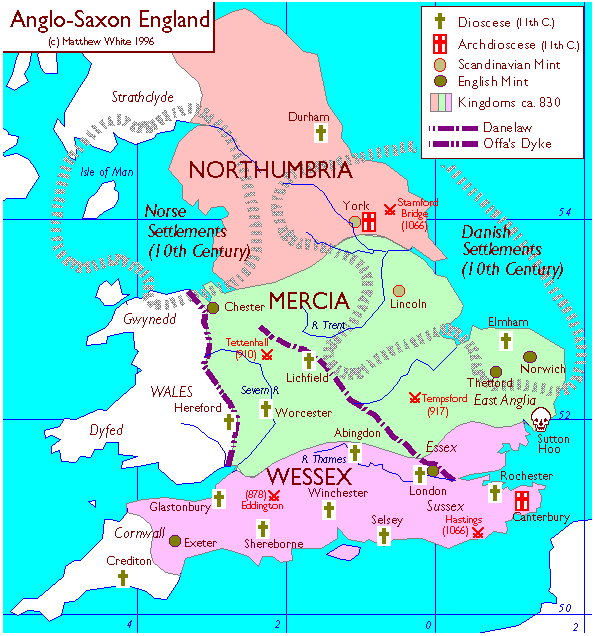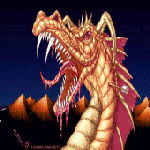BACKGROUND OF THE MABINOGION:
While the Anglo-Saxons ruled throughout most of Britain, the Celtic legends were kept alive
in the Welsh communities of the north. Drawing from their own oral traditions, the Celtic tribes told tales of the royal
lineage of the ancient Kings of Britain, starting with the marriage of a Roman Emperor, Magnus Maximus ( Macsen Wledig) to
a Celtic princess, Elen. The From these combinations of fact & legend came the great Welsh rulers like Vortigern
( who did exist), Uther Pendragon ( reputed son ofthe Emperor Constantin), and of course, the Great King Arthur - the mythological
sixth century war leader who defended post- Roman Britain from the wicked invading Anglo-Saxons. The tales of King Arthur
have been used for centuries as a symbol of a proud people who strove to maintain their individuality, beliefs and dignity
against the ravages of countless invaders. These stories are filled with the exploits of great warriors and mighty
kings - governed by rules of an aristocratic warrior-culture. They combine the supernatural and ancient beliefs
of the
Celtic gods, with the Christian beliefs and values brought by the Christian missionaries
from Rome.
The original eleven Welsh stories were probably composed over a span of centuries, before
being written down in the thirteenth century. The Tales of the Mabinogion are not the product of a single writer.
Their origin as oral tradition go back to the Gaulish mythology of the first century AD. They combine
myth, folklore, fantasy, and pseudo-history. They conjure up a magical enchanted world of the forests, hills,
and valleys of ancient Wales. "The harsh realities of history are softened by a generous application of wishful thinking."
The importance of these tales lie in their influence upon later English and Norman
scholars, such as Geoffrey of Monmouth ( "The History of the Kings of Britain"), Mallory ( "Mort
D'Arthur"), and the Norman "Sir Gawain and the Green Knight." No other mythology has had a more lasting impact
on future generations of English speaking people than that of King Arthur and his advisor, the powerful Merlin.
--------From the Introduction and translation by Jeffrey Gantz




